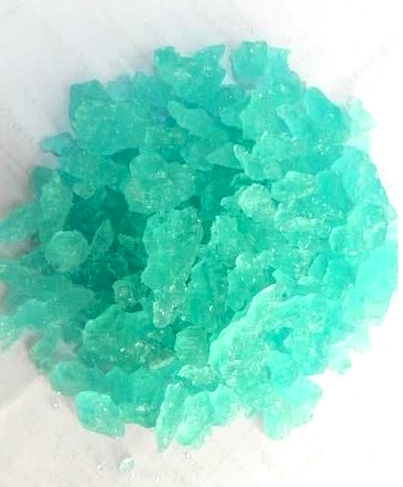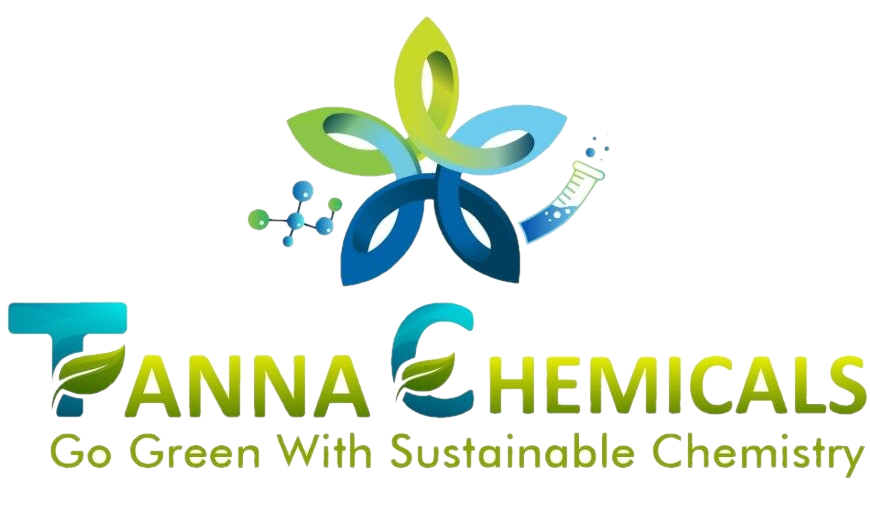
Ferrous Sulphate Heptahydrate (Crystals)
Uses: Industrially, ferrous sulfate is mainly used as a precursor to other iron compounds. It is a reducing agent, and as such is useful for the reduction of chromate in cement to less toxic Cr(III) compounds. Historically ferrous sulfate was used in the textile industry for centuries as a dye fixative. It is used historically to blacken leather and as a constituent of iron gall ink.[19] The preparation of sulfuric acid ('oil of vitriol') by the distillation of green vitriol (Iron(II) sulfate) has been known for at least 700 years. Plant Growth: Iron(II) sulfate is sold as ferrous sulfate, a soil amendment[20] for lowering the pH of a high alkaline soil so that plants can access the soil's nutrients.[21] In horticulture it is used for treating iron chlorosis.[22] Although not as rapid-acting as ferric EDTA, its effects are longer-lasting. It can be mixed with compost and dug into the soil to create a store which can last for years.[23] Ferrous sulfate can be used as a lawn conditioner.[23] It can also be used to eliminate silvery thread moss in golf course putting greens.[24] Historical Uses; Ferrous sulfate was used in the manufacture of inks, most notably iron gall ink, which was used from the middle ages until the end of the 18th century. Chemical tests made on the Lachish letters (c. 588–586 BCE) showed the possible presence of iron.[27] It is thought that oak galls and copperas may have been used in making the ink on those letters.[28] It also finds use in wool dyeing as a mordant. Harewood, a material used in marquetry and parquetry since the 17th century, is also made using ferrous sulfate. Two different methods for the direct application of indigo dye were developed in England in the 18th century and remained in use well into the 19th century. One of these, known as china blue, involved iron(II) sulfate. After printing an insoluble form of indigo onto the fabric, the indigo was reduced to leuco-indigo in a sequence of baths of ferrous sulfate (with reoxidation to indigo in air between immersions). The china blue process could make sharp designs, but it could not produce the dark hues of other methods. In the second half of the 1850s ferrous sulfate was used as a photographic developer for collodion process images.[29]



 © 2022-2024. All Rights Reserved.
© 2022-2024. All Rights Reserved.